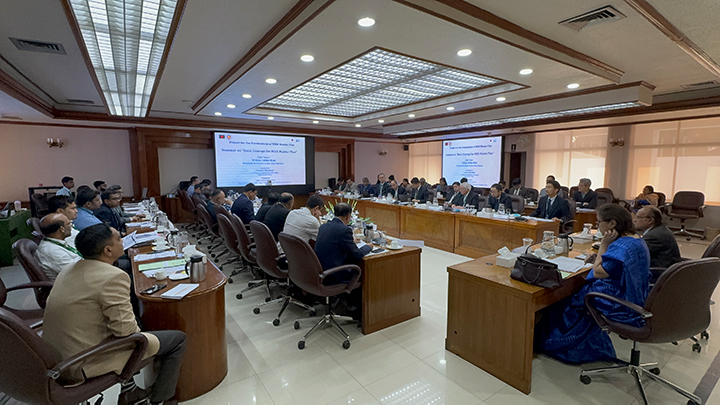2025-04-08 マサチューセッツ大学アマースト校
<関連情報>
- https://www.umass.edu/news/article/new-study-suggests-simultaneously-burying-broadband-and-electricity-could-be-worth
- https://www.cell.com/cell-reports-sustainability/fulltext/S2949-7906(25)00030-8
電線とブロードバンドを積極的に共同地中化するメリットはコストを上回る Benefits of aggressively co-undergrounding electric and broadband lines outweigh costs
Mahsa Arabi∙ Atanas Apostolov∙ Abhiraksha Pattabhiraman∙ … ∙ Jay Taneja∙ Erin Baker∙ Jimi Oke
Cell Reports Sustainability Published:February 21, 2025
DOI:https://doi.org/10.1016/j.crsus.2025.100334
Science for society
The growing need for resilient and reliable infrastructure has made undergrounding electric and broadband lines a robust and effective strategy, especially in the context of climate change and extreme weather events. This study provides a comprehensive, data-driven framework to assess the feasibility and benefits of undergrounding strategies, focusing on co-undergrounding to enhance cost efficiency and resilience. By incorporating local factors such as geotechnical and infrastructural variables, this approach enables robust cost-benefit analysis for utility planners and policy-makers, promoting smarter investments in infrastructure to improve community resilience and connectivity.
Graphical abstract

Highlights
- Co-undergrounding electric and broadband lines cuts outages and enhances cost efficiency
- Aggressive co-undergrounding yields the highest net benefit
- Segment-specific cost modeling includes local factors for precise estimates
- The undergrounding cost-benefit framework aids utility planners in diverse regions
Summary
Electric power and broadband have become essential services for modern economies, but utilities face substantial challenges in providing disruption-free access. Recent legislation, including the US Infrastructure Investment and Jobs Act of 2021, has allocated enormous resources toward improving infrastructure systems. Historically, undergrounding has enhanced system reliability but has been cost effective only in densely populated areas. We investigate the conditions under which undergrounding becomes cost effective, particularly when co-deployed with fiber optic lines. We introduce a novel data-driven cost-benefit model and conduct a detailed localized case study in Shrewsbury, Massachusetts. The results indicate that when undergrounding is viable, aggressively co-undergrounding yields the highest net benefit. This finding is robust across various assumptions. Importantly, our model highlights the importance of assumptions regarding undergrounding’s effectiveness in reducing outages. Our model is readily deployable to other study areas, providing effective decision-making capabilities even with limited data.



